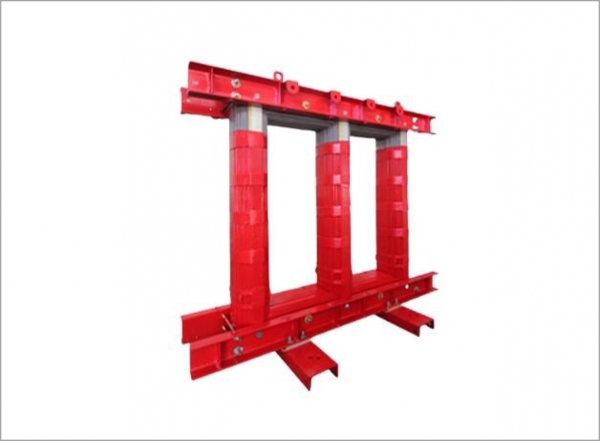In modern power systems, transformers are key equipment in the power transmission and distribution process, and their performance is directly related to the energy efficiency level of the entire system. Among the many decisive factors, the design of the iron core is undoubtedly one of the core links that affect the efficiency and energy consumption of the transformer.
1. The role of the iron core in the transformer
The basic working principle of the transformer is electromagnetic induction, and the iron core is the "intermediary bridge" in this process. When the AC current flows through the primary winding, an alternating magnetic flux is generated in the iron core, thereby inducing a voltage in the secondary winding. The magnetic properties of the iron core directly affect the efficiency of the magnetic flux transfer, which also affects the overall energy efficiency performance of the transformer.
2. The impact of the iron core design on energy consumption
The energy consumption of the transformer is mainly composed of two parts: copper loss (caused by the winding resistance) and iron loss (caused by the change of the magnetic field inside the iron core). The core design has a particularly significant impact on the latter. Iron loss includes two main forms:
1. Eddy Current Loss
When the alternating magnetic field passes through the iron core, a circular current, i.e. "eddy current", is induced in the metal, generating heat energy and causing energy loss. Eddy current loss is related to the thickness and conductivity of the iron core. Using thinner silicon steel sheets or amorphous materials and performing insulating coating treatment can effectively suppress the formation of eddy currents and reduce this part of the loss.
2. Hysteresis Loss
Due to the "hysteresis phenomenon" of ferromagnetic materials during magnetization and demagnetization, each change in magnetic flux consumes some energy. Hysteresis loss is closely related to the magnetic permeability, coercive force and other properties of the iron core material. High-quality oriented silicon steel or amorphous materials have narrower hysteresis loops, thereby reducing energy loss.
3. The impact of iron core design on efficiency
A well-designed iron core can not only reduce energy loss, but also improve the overall efficiency and reliability of the transformer. The specific performance is as follows:
1. Material selection
Common core materials include cold-rolled grain-oriented silicon steel (CRGO), hot-rolled silicon steel, amorphous alloys, etc. Among them, amorphous alloys are widely used in energy-saving transformers because of their disordered atomic arrangement and extremely low magnetic loss. The choice of materials directly affects key parameters such as magnetic permeability, loss value and saturation flux density.
2. Core structure
The core mainly has two types: laminated type (laminated structure) and wound type (such as amorphous core). The laminated type is made of multiple layers of thin steel sheets insulated and stacked, which helps to reduce eddy current losses; the wound core has continuity, a smoother magnetic circuit, and lower energy loss.
3. Core size and shape
Reasonable core size and cross-sectional shape design can reduce the local saturation phenomenon caused by uneven distribution of magnetic flux density, thereby reducing local losses and extending equipment life. The core with a circular or elliptical cross-section has a more uniform magnetic flux distribution and lower losses.
4. Optimization trends in practical applications
Use amorphous materials: Compared with traditional silicon steel, amorphous cores have lower losses under low load conditions and are suitable for energy-saving scenarios such as distribution transformers and solar energy systems.
Improve processing accuracy: The refinement of core shearing, stacking, and winding processes can reduce air gaps, improve magnetic circuit continuity, and reduce energy leakage.
Adopt three-phase five-column or ring structure design: Compared with traditional E-type or U-type cores, some new structures have better magnetic flux distribution characteristics and improve efficiency.
Introduce finite element simulation design: In modern transformer design, simulation software is widely used to accurately analyze the shape and electromagnetic properties of the core to further optimize energy consumption performance.
Transformer core design is not only about material selection, but also a comprehensive reflection of structure, process and system matching. An efficient core design can significantly reduce iron loss and improve overall energy efficiency, thereby reducing energy waste, extending equipment life, and reducing operating costs. Today, when carbon neutrality and green energy are increasingly valued, optimizing transformer core design has become an important part of promoting the sustainable development of power systems.

 +86-523 8891 6699
+86-523 8891 6699  +86-523 8891 8266
+86-523 8891 8266  info@tl-core.com
info@tl-core.com  No.1, Third Industrial Park, Liangxu Street, Taizhou City, Jiangsu, China
No.1, Third Industrial Park, Liangxu Street, Taizhou City, Jiangsu, China 

 English
English Español
Español Türk
Türk 中文简体
中文简体